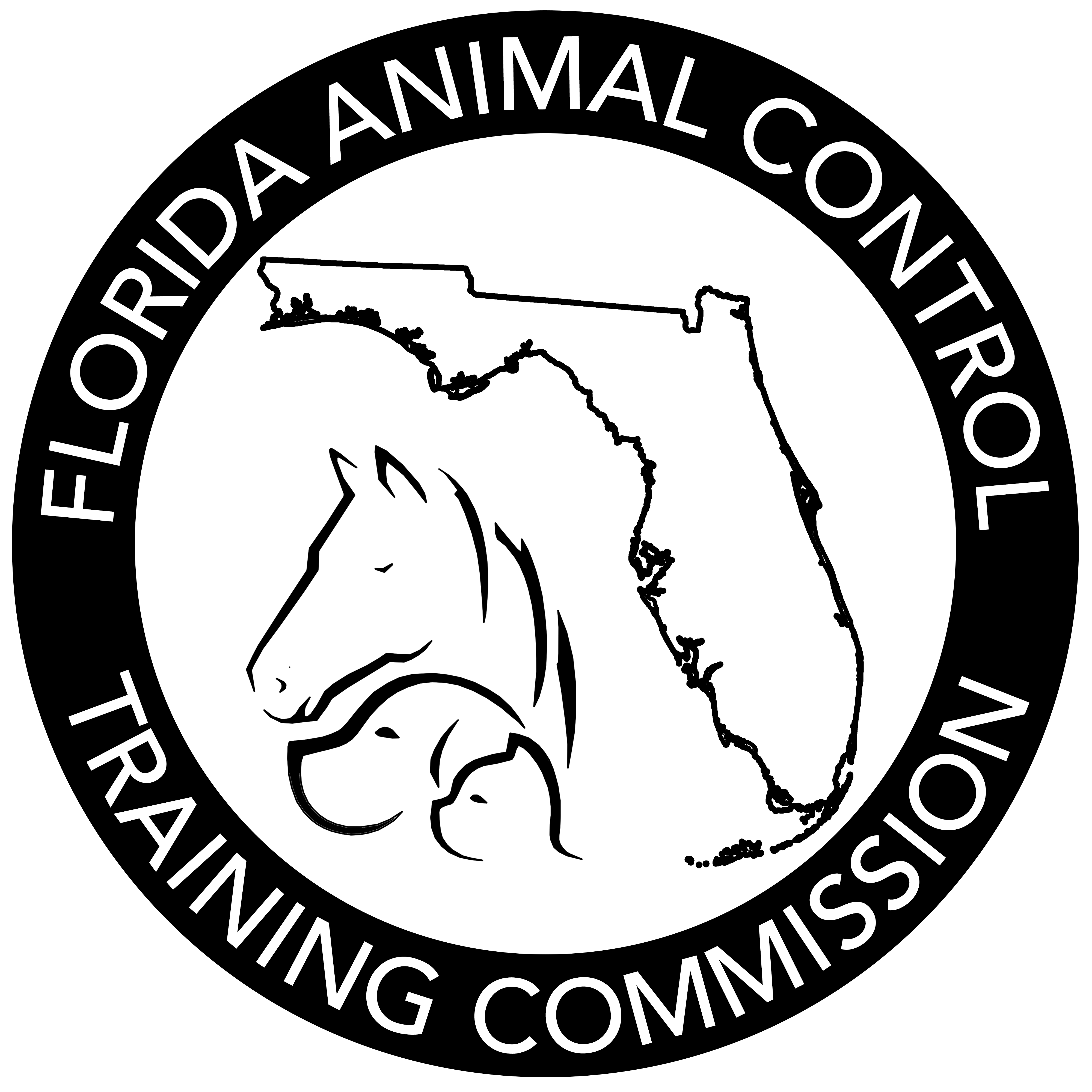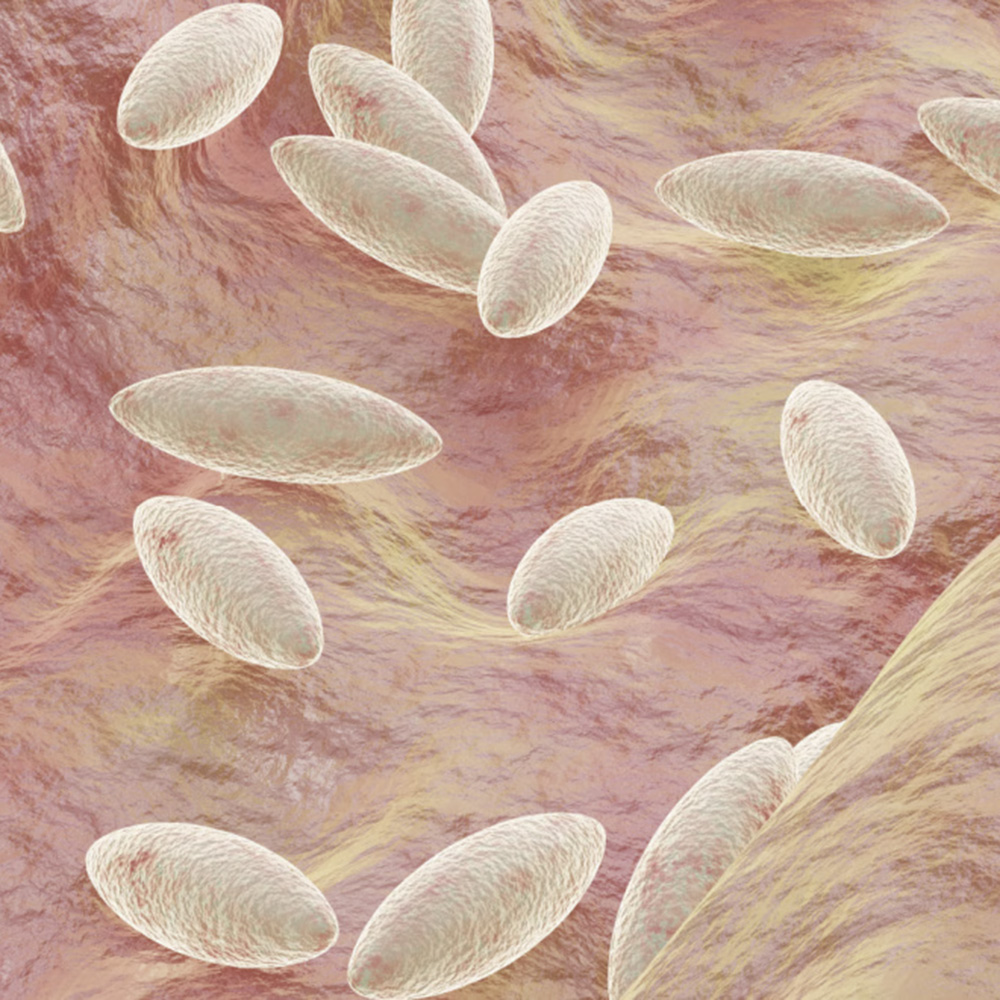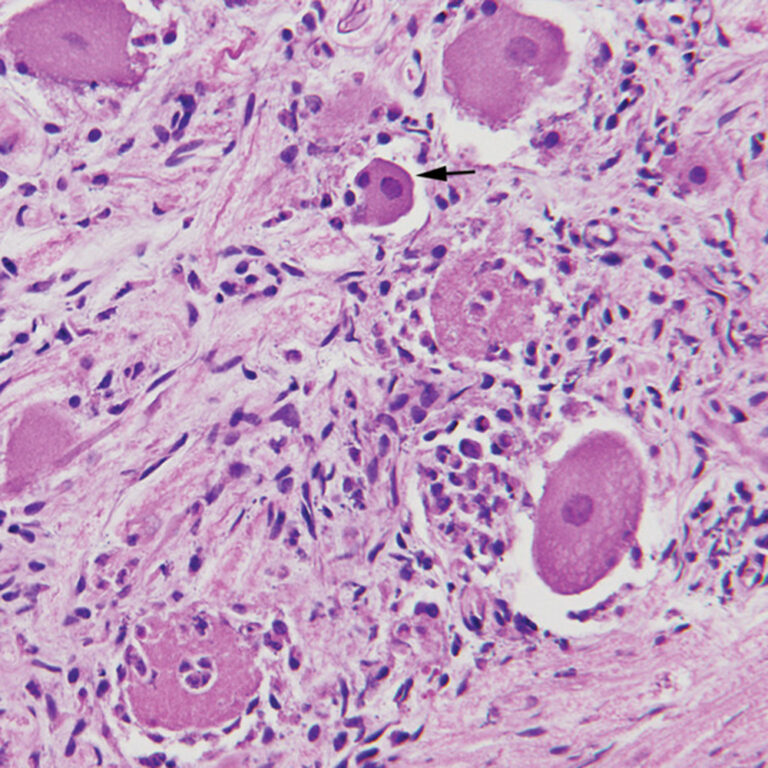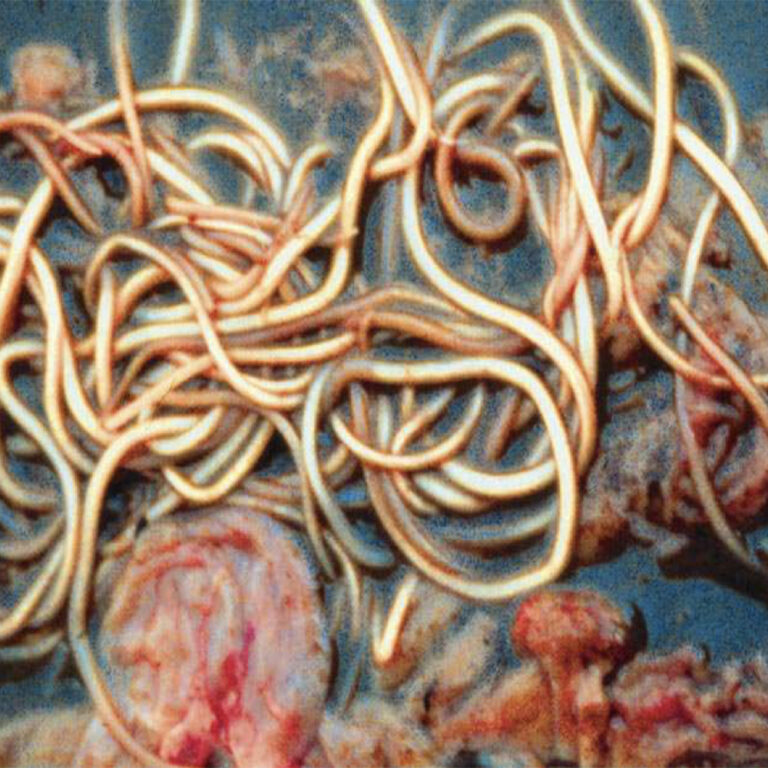Brucellosis in Swine
Definition
An infectious disease of swine characterized by reproductive impairment or failure and often by localization of Brucella suis in bones and joints of breeding stock.
Occurrence
Swine brucellosis (SB) occurs primarily in domesticated swine with feral swine and possible wild hares as potential reservoirs of infection in some countries. The disease occurs in many countries where domestic or feral swine are present in large numbers.
Swine brucellosis once was common in the United States but now, due to rigorous control measures, is unusual in the US. The porcine type of brucellosis occurs as a serious zoonosis, primarily among abattoir workers, farmers and veterinarians.
Historical information
Brucellosis was first identified as a disease of swine in 1914 but was believed to be a form of bovine brucellosis caused by Brucella abortus. In 1919 the porcine organism was named as a separate species (B. suis). Swine brucellosis increased in importance as swine production intensified and because of the severe disease caused in people. A cooperative, 3-stage, State-Federal-Industry eradication program was initiated with a goal of eradication of brucellosis. This goal is nearly accomplished in domestic herds, but feral swine remain a reservoir in the US.
Etiology
Under the present classification scheme Brucella suis is the organism that causes most brucellosis in swine. There are 5 biotypes of B. suis. Biotypes 1 and 3 cause generalized infections that result in reproductive failure.
Brucella suis organisms are moderately resistant to environmental influences. Survival time of organisms in the environment decreases as temperatures rise. However, the bacteria often survive desiccation and can survive freezing and near-freezing temperatures for over two years. Pasteurization of milk kills B. suis. Most commonly used disinfectants, as well as ultraviolet light, kill the organism.
Epidemiology
Brucella suis usually is transmitted to susceptible swine through direct contact with infected swine. The route of exposure ordinarily is through the alimentary or genital tract. Pigs often are infected by ingesting aborted fetuses, fetal membranes or fluids discharged at the time of abortion. The organisms are also transmitted in infectious semen during natural breeding and artificial insemination. Transmission through abraded skin, conjunctiva and nasal mucous membranes is possible.
Cattle can be infected naturally with B. suis. Milk and aborted fetuses can transmit the organisms to swine. Milk-borne epidemics have occurred in people and swine. Infected feral swine, if in contact with domestic swine, are another source of exposure.
The bacteremia that occurs during infection of swine often results in infectious carcasses. Abattoir workers can be infected through handling infectious carcasses or cuts of meat. Farmers and veterinarians may be exposed while assisting sows at farrowing or while handling infectious placentas or newborn, infected piglets.
The prolonged survival of B. suis in hog lots and farrowing houses probably is a significant factor in the spread of infection, especially in colder climates or seasons on those premises where management and sanitation are poor. Swine moved into infectious lots or buildings can be infected by surviving B. suis.
Pathogenesis
Penetration of mucous membranes by B. suis results in colonization of regional lymph nodes, either in lymph or within macrophages. Colonization in regional lymph nodes is followed by long, continuous or intermittent periods of bacteremia. The bacteria then infect and persist in many other organs, including lymph nodes, placenta, mammary gland, joint fluids, bone and in the testicles or accessory genital organs of boars.
A large percentage of swine, especially the females, recover after several months. The recovery rate in boars is low, perhaps never more than 50%. Enough animals remain infected in a herd to perpetuate the disease. Surprisingly, most piglets in infected herds are free of infection at the time of weaning.
Clinical signs
Most owners of B. suis-infected herds notice no signs of infection prior to evidence of infertility in the herd. In dams infected at breeding, disease is first suspected when numerous sows or gilts return to heat 30-45 days after breeding. Females first exposed during late gestation have abortions or dead and weak pigs. Early abortions often go undetected.
Sows and gilts usually recover promptly after aborting, successfully re-breed, then deliver live pigs. Infected boars present few signs of infection although their fertility may be below normal. They may or may not show lack of sexual drive.
Lesions
In dams, gross lesions are limited except in chronic cases. At the time of abortion, there may be some degree of endometritis. (Miliary endometritis occurs in B. suis type 4 infection in Europe). Occasionally, some of the fetal membranes are retained. Infected placentas may not have grossly visible lesions or may be congested, edematous and have small hemorrhages. Infected fetuses may have subcutaneous edema, especially around the umbilicus, and there may be effusions in body cavities.
Chronic infections in breeding stock may be manifested as fibrinous or fibrinopurulent arthritis. These lesions often affect the large joints of the legs. Osteomyelitis may be apparent within vertebrae, especially the lumbar vertebrae, sometimes with paralumbar abscesses present.
Microscopic lesions include small granulomas in the liver during the bacteremic phase of acute infection. Small, focal areas of inflammation, or microabscesses, may be found at many sites, including the bone marrow adjacent to the epiphyses of long bones. The microscopic lesions are suggestive of brucellosis but not specific.
Diagnosis
Diagnosis usually is made on the basis of serologic testing. The buffered, acidified plate antigen (BAPA) test and the standard card test (SCT) have been used extensively as presumptive tests. For confirmation, either the standard tube test (STT) or the particle concentration fluorescence immunoassay (PCFIA) is used. Serologic testing is very useful as a herd test but is not infallible on individual animals.
All testing for swine brucellosis has limitations. Swine may be infected for 6-8 weeks before developing antibodies that will result in a positive test. In uninfected herds, occasional animals that test positive will later test negative. Infections with several other genera of bacteria may result in positive brucellosis tests. In particular, infection of swine with Yersinia enterocolitica has led to positive tests for brucellosis. The limitations of testing sometimes are justification for a slaughter program as part of an eradication effort.
Direct culture probably is the most accurate and sensitive method of diagnosis of acute cases but usually is less practical than serologic testing. Specimens include lymph nodes from slaughter, blood, semen, castrated testicles, infected joints, vaginal swabs or aborted materials from suspect cases. The bacteriologist should be alerted if brucellosis is suspected since colonies are slow-growing and easily missed in routine diagnostic investigations.
Control
Prevention is best accomplished by focusing on implementation of those measures that are most likely to prevent exposure. No animals should be added to a herd without having originated from a negative herd. Those animals should test negative initially, be quarantined for at least a month, then again be tested and negative before being added to the herd. No effective vaccines are available for immunization of ¬swine.
Infected herds can be handled in two different ways. If the herd has many reactors, as is often the case, the premise should be depopulated and allowed to stand idle for at least 2-3 months before restocking. This often is the least expensive way. Depopulation with slaughter of infected herds is often used in the final efforts at eradication. If a herd test reveals only one or a few reactors, those can be removed and the herd retested periodically. This approach often fails.
In some cases where valuable bloodlines must be saved, weaned pigs, usually negative when tested at weaning, can be moved to separate, clean premises. They must be retested at least once prior to breeding to tested, clean boars.



